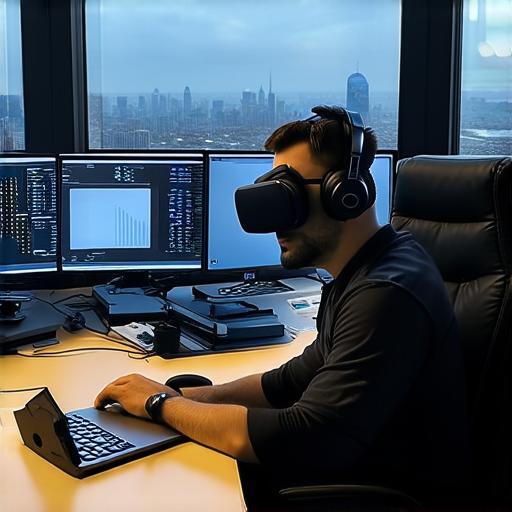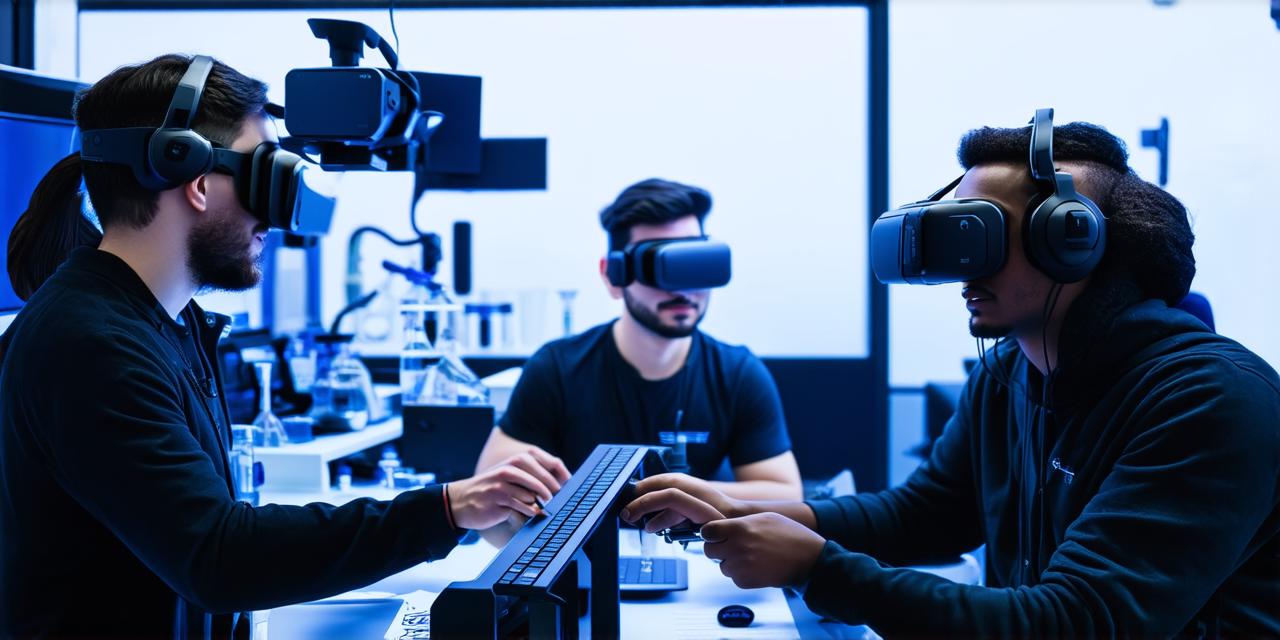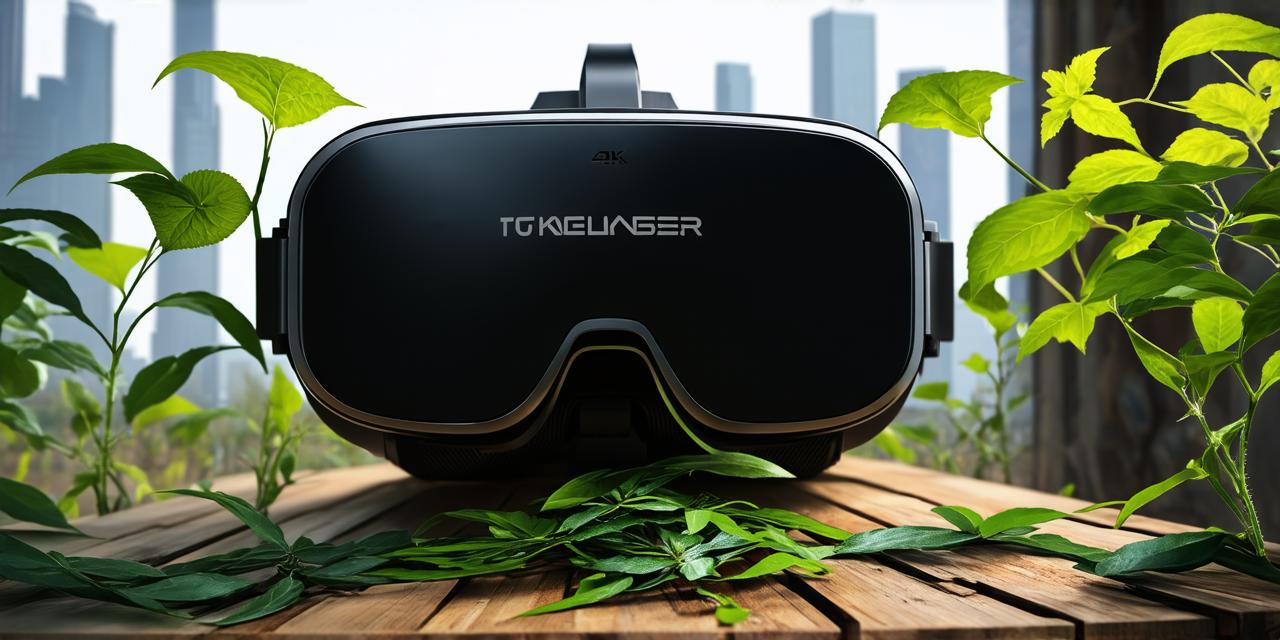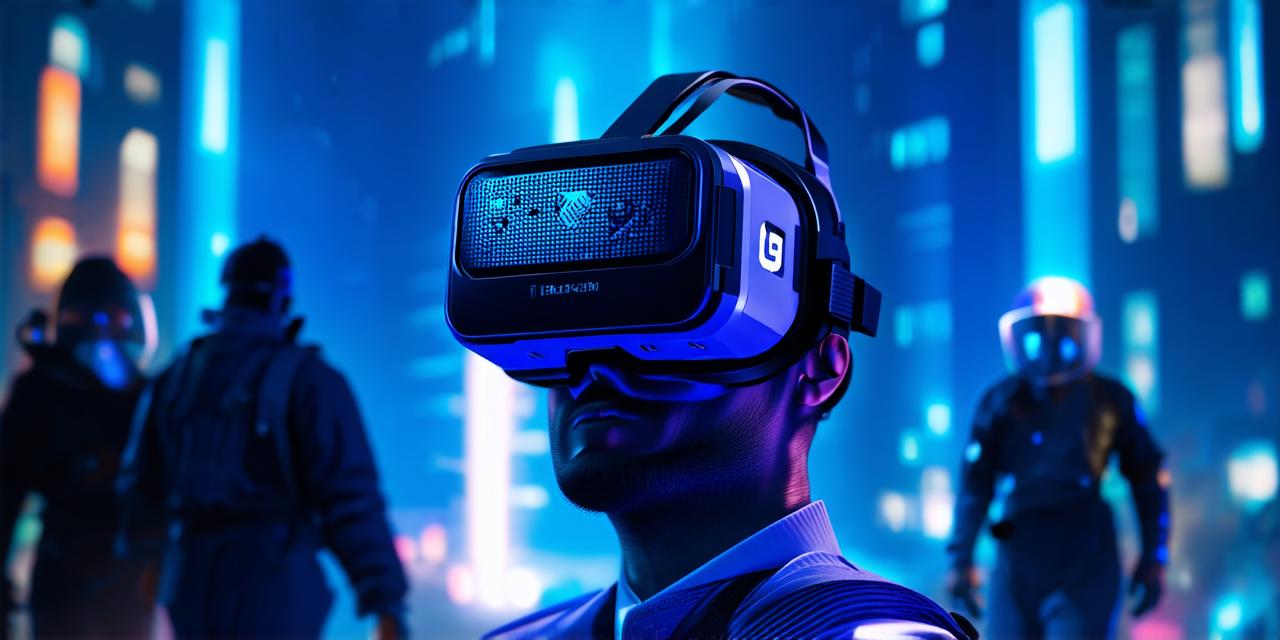Understanding the VR User Experience:
To create effective VR content, it’s crucial to understand the user experience. Unlike traditional media, VR offers a fully immersive experience that engages users on a deeper level. In order to create engaging VR content, you need to design experiences that are intuitive, interactive, and engaging.
- Keep it simple: VR users can quickly become disoriented if there is too much information or too many choices. Stick to the basics and avoid overwhelming your users with unnecessary details. This means keeping the user interface simple and easy to navigate.
- Make it interactive: Interactive content that allows users to actively engage with your environment is more likely to be engaging. Consider incorporating features such as voice recognition, gesture control, and spatial tracking. These allow users to interact with the virtual environment in a natural way, which enhances their immersion and engagement.
- Provide context: VR experiences can be disorienting if there isn’t enough context provided. Incorporate visual cues and provide clear instructions to help users understand what they are experiencing. This means providing enough information for the user to understand what they are seeing and why they are seeing it.
- Test and iterate: VR is a new medium, and it’s important to test your content thoroughly before launching it. Use user testing to gather feedback and make improvements based on that feedback. This means soliciting feedback from users to determine what works and what doesn’t work, and making changes accordingly.
Creating Engaging Content for VR:
Once you have a solid understanding of the VR user experience, it’s time to start creating engaging content. Here are some strategies to get you started:
- Tell a story: Stories are a powerful way to engage users and create an emotional connection with your content. Consider using narrative elements such as character development, conflict, and resolution to make your VR experiences more compelling. This means crafting a story that resonates with the user and takes them on a journey through the virtual world.
- Make it visually stunning: VR offers the opportunity to create highly immersive visual experiences. Use high-quality graphics, textures, and lighting to create a realistic and engaging environment for users. This means using high-end equipment to capture the best possible visuals, and making sure that the environment is designed with the user in mind.
- Incorporate sound effects and music: Sound can greatly enhance the VR experience by providing context and creating emotional cues. Consider using ambient sounds, background music, and sound effects to make your content more engaging. This means adding sound elements that are appropriate for the virtual environment and help to create a sense of immersion.
- Use motion sickness-friendly techniques: Motion sickness is a common problem for VR users, so it’s important to design your experiences with this in mind. Avoid sudden movements or changes in direction, and use visual cues to guide users through the experience. This means designing the virtual environment in a way that minimizes motion sickness and enhances user comfort.
Optimizing Your VR Content for Search Engines:
Search engine optimization (SEO) is crucial for ensuring that your VR content reaches a wider audience. Here are some tips to optimize your content for search engines:
- Keyword research: Conduct keyword research to identify the terms and phrases that your target audience is searching for. Incorporate these keywords into your content, but be careful not to overdo it. This means identifying the right keywords that are relevant to your VR content and using them strategically in your content.
- Meta tags: Use meta tags such as title tags, description tags, and image tags to accurately describe your VR content to search engines. This helps search engines understand what your content is about and how it should be indexed.
- Link building: Build high-quality backlinks from other authoritative websites to your VR content. This can improve your website’s authority and increase the likelihood that users will find your content when searching for related terms. This means building relationships with other website owners who are relevant to your niche and getting them to link to your VR content.





